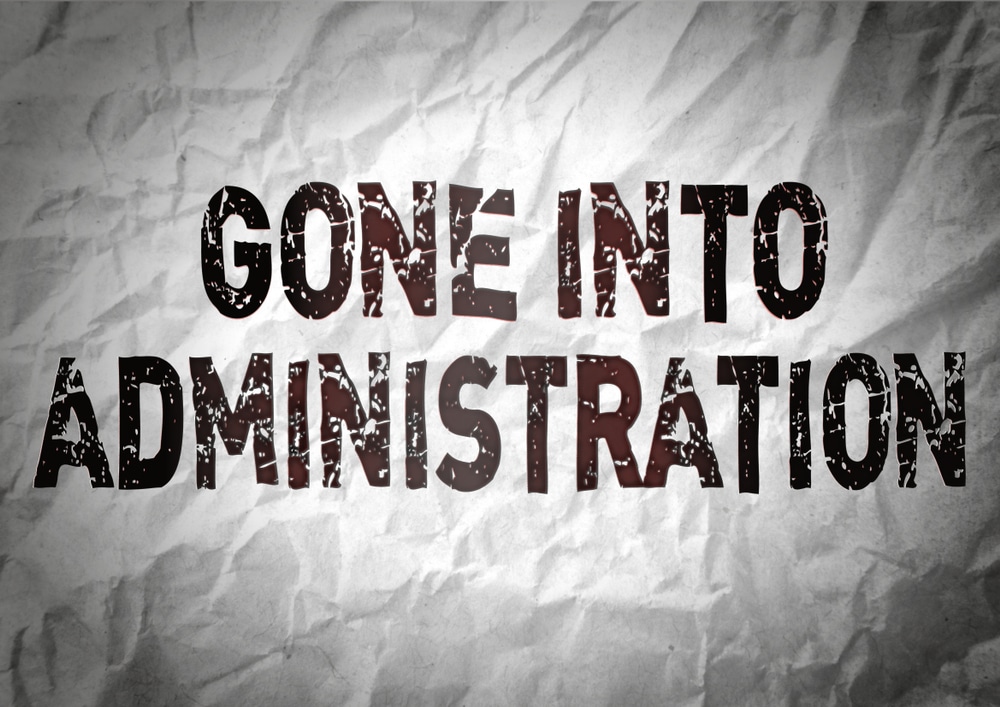Navigating Company Administration: Understanding the Process in the UK
The Process and Consequences of a Company Entering Management
As a firm encounters economic distress, the choice to go into administration marks a vital point that can have far-reaching implications for all involved events. The procedure of entering administration is intricate, entailing a collection of steps that aim to browse the firm in the direction of potential recovery or, sometimes, liquidation. Recognizing the functions and obligations of an administrator, the influence on different stakeholders, and the legal obligations that enter play is necessary in comprehending the gravity of this situation. The effects of such a step ripple past the business itself, forming its future trajectory and affecting the broader organization landscape.
Introduction of Company Administration Refine
In the realm of business restructuring, an important first step is getting a comprehensive understanding of the complex firm administration procedure. Firm administration describes the official insolvency procedure that intends to rescue an economically troubled company or achieve a far better result for the company's financial institutions than would certainly be possible in a liquidation scenario. This process involves the appointment of an administrator, that takes control of the company from its supervisors to examine the economic scenario and establish the finest course of action.
Throughout management, the firm is granted defense from lawsuit by its creditors, providing a moratorium duration to formulate a restructuring plan. The administrator works with the company's monitoring, lenders, and other stakeholders to create a strategy that might entail selling the company as a going problem, reaching a business volunteer plan (CVA) with creditors, or inevitably placing the company right into liquidation if rescue attempts show useless. The key goal of company management is to optimize the return to financial institutions while either returning the business to solvency or shutting it down in an organized way.

Duties and Responsibilities of Administrator
Playing a crucial duty in managing the business's economic events and decision-making processes, the administrator thinks substantial duties during the corporate restructuring procedure. The main obligation of the administrator is to act in the very best interests of the business's financial institutions, aiming to attain one of the most positive outcome feasible - what does it mean to go into administration. This entails carrying out an extensive evaluation of the firm's economic scenario, establishing a restructuring plan, and implementing techniques to maximize returns to lenders
Additionally, the administrator is in charge of communicating with numerous stakeholders, including workers, providers, and regulative bodies, to guarantee openness and compliance throughout the administration procedure. They must likewise communicate successfully with investors, offering routine updates on the firm's progress and seeking their input when required.
Additionally, the manager plays an important duty in taking care of the day-to-day operations of the company, making vital choices to maintain continuity and preserve value. This includes examining the feasibility of various restructuring alternatives, negotiating with creditors, and eventually assisting the business towards a successful departure from administration.
Effect on Business Stakeholders
Thinking an essential position in looking after the business's decision-making procedures and monetary events, the manager's activities during the company restructuring procedure have a direct influence on different company stakeholders. Shareholders might experience a decline in the worth of their investments their explanation as the business's economic difficulties are addressed. Lenders, including distributors and lenders, might deal with uncertainties concerning the repayment of debts owed to them. Staff members usually run into task insecurities due to possible layoffs or changes in job problems as part of the restructuring efforts. Consumers may experience interruptions in services or item accessibility during the management process, affecting their depend on and loyalty in the direction of the business. Additionally, the area where the business runs might be impacted by possible job losses or adjustments in the business's procedures, influencing neighborhood economic climates. Effective interaction from the administrator to stakeholders is vital in handling assumptions, reducing problems, and fostering openness throughout the administration procedure.
Lawful Effects and Obligations
Throughout the process of company management, mindful factor to consider of the legal implications and commitments is extremely important to make sure compliance and safeguard the interests of all stakeholders entailed. When a business goes into administration, it causes a collection of legal needs that have to be adhered to.
Additionally, lawful ramifications arise worrying the therapy of workers. The administrator has to comply with employment regulations relating to redundancies, employee civil liberties, and responsibilities to provide essential info to employee agents. Failure to abide with these legal needs can result in lawful action versus the company or its managers.
Furthermore, the company More Info going into management might have legal commitments with numerous events, consisting of providers, property managers, and clients. In essence, understanding and fulfilling lawful commitments are what happens when a company goes into administration critical facets of browsing a business through the management procedure. what happens when a company goes into administration.
Approaches for Firm Healing or Liquidation
In considering the future direction of a firm in administration, strategic preparation for either healing or liquidation is vital to chart a practical course ahead. When going for firm healing, key approaches might include performing an extensive analysis of business operations to identify ineffectiveness, renegotiating contracts or leases to improve capital, and implementing cost-cutting procedures to enhance productivity. Additionally, looking for new financial investment or financing alternatives, diversifying profits streams, and concentrating on core expertises can all contribute to an effective recovery plan.

Verdict
Finally, the process of a firm entering management includes the consultation of an administrator, that handles the duties of handling the company's affairs. This procedure can have considerable effects for different stakeholders, including workers, financial institutions, and shareholders. It is very important for firms to carefully consider their choices and approaches for either recovering from monetary troubles or continuing with liquidation in order to mitigate prospective lawful effects and obligations.
Business management refers to the official bankruptcy procedure that aims to rescue an economically troubled firm or achieve a better result for the business's financial institutions than would certainly be feasible in a liquidation circumstance. The administrator functions with the company's management, lenders, and other stakeholders to create an approach that might entail marketing the business as a going concern, reaching a company voluntary arrangement (CVA) with creditors, or eventually putting the business into liquidation if rescue attempts show futile. The main objective of company management is to optimize the return to creditors while either returning the firm to solvency or shutting it down in an orderly manner.
Thinking a crucial setting in looking after the firm's decision-making processes and financial affairs, the manager's activities during the corporate restructuring process have a straight influence on different business stakeholders.In conclusion, the procedure of a firm going into administration involves the consultation of a manager, who takes on the responsibilities of managing the firm's affairs.